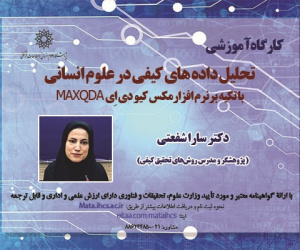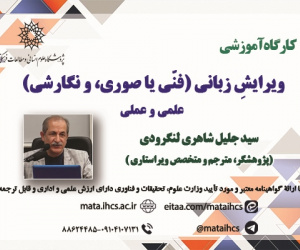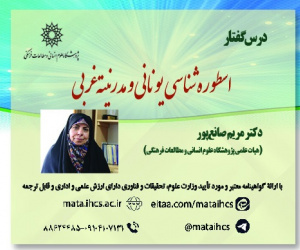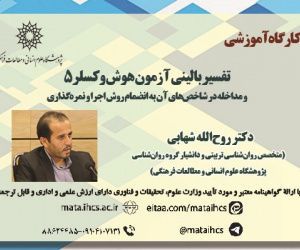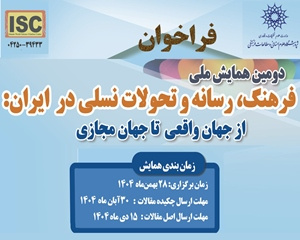مدل روابط علّی بین جهت گیری های هدفی و فریب کاری تحصیلی در دانشجویان دختر و پسر (مقاله علمی وزارت علوم)
درجه علمی: نشریه علمی (وزارت علوم)
آرشیو
چکیده
پژوهش حاضر با هدف آزمون نقش تعدیل گر متغیر جنس در رابطه بین جهت گیری های هدفی و فریب کاری تحصیلی در دانشجویان انجام شد. در این پژوهش همبستگی، 200 دانشجو (100 پسر و 100 دختر) به نسخه تجدید نظر شده پرسش نامه هدف پیشرفت (الیوت و مورایاما، 2008) و مقیاس فریب کاری تحصیلی (فارنسه، ترامونتانا، فیدا و پاسیلو، 2011) پاسخ دادند. در این پژوهش، به منظور آزمون مدل علّی اثرات تعدیل گر جنس در رابطه بین جهت گیری های هدفی و فریب کاری تحصیلی، از روش آماری مدل یابی معادله ساختاری چندگروهی استفاده شد. نتایج نشان داد که در کل نمونه دانشجویان و هر یک از گروه های نمونه دانشجویان دختر و پسر، رابطه بین جهت گیری تسلطی گرایش محور با فریب کاری تحصیلی، منفی و معنادار و رابطه بین جهت گیری های هدفی تسلطی اجتناب محور، عملکردی گرایش محور و عملکردی اجتناب محور با فریب کاری تحصیلی، منفی و معنادار بود. علاوه بر این، نتایج تخصیص گروهی روابط علّی بین متغیرها نشان داد که روابط بین جهت گیری های هدفی و فریب کاری تحصیلی در دو گروه دانشجویان دختر و پسر، هم ارز هستند. در نهایت، نتایج نشان داد که در مدل های علّی مفروض، به ترتیب 20 و 14 درصد از پراکندگی نمرات فریب کاری تحصیلی از طریق جهت گیری های هدفی در دانشجویان پسر و دختر تبیین شد. نتایج پژوهش حاضر ضمن حمایت از آموزه های مفهومی نظریه هدف پیشرفت در توضیح سازه انگیزشی فریب کاری تحصیلی، نشان داد که ویژگی های کارکردی سازه انگیزشی جهت گیری های هدفی در پیش بینی رفتارهای فریب کارانه تحصیلی در دانشجویان دختر و پسر متشابه است.Model of Causal Relationship between Goal Orientations and Academic Cheating in Male and Female University Students
This study examined the moderating effect of gender on the relationship between goal orientations and academic cheating among university students. In this correlational study, 200 university students (100 male and 100 female) responded to the Achievement Goal Questionnaire-Revised (AGQ-R, Elliot & Murayama, 2008) and the Academic Cheating Scale (ACS, Farnese, Tramontano, Fida & Paciello, 2011). Multi-group structural equation modeling was used to assess the causal model of gender-moderating effects on the relationship between goal orientations and academic cheating among university students. Results indicated that for total sample and for male and female university students, the relationship between mastery-approach goal orientations with academic cheating was negative and significant and the relationship between mastery-avoidance-goal orientation, performance-approach goal orientation and performance-avoidance goal orientation with academic cheating was negative and significant. In addition, the results of group assignment of causal relationships between variables showed that the relationships between goal orientations and academic cheating in two groups of male and female students were equivalent. Finally, the results showed that in the supposed causal models, 20% and 14% of the variance of academic cheating scores were explained through goal orientations in male and female students, respectively. In sum, the results of the present study, while supporting the conceptual positions of the achievement goal theory in explaining the motivational construct of academic cheating, showed that the functional characteristics of the motivational construct of goal orientations in predicting academic cheating behaviors in male and female university students were similar.

